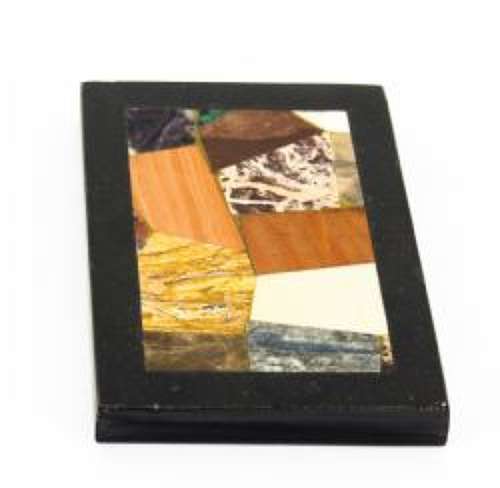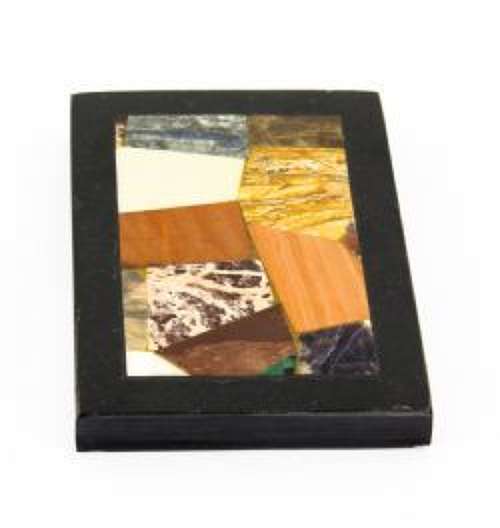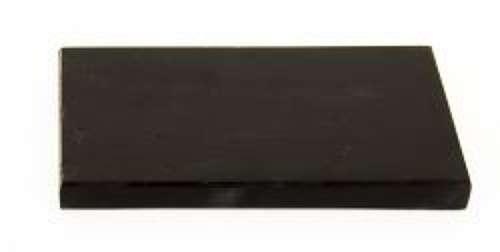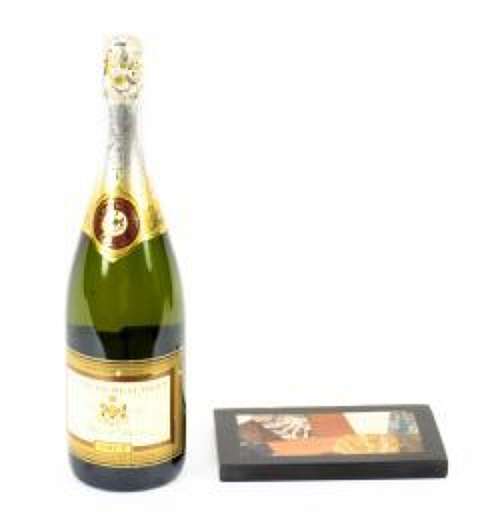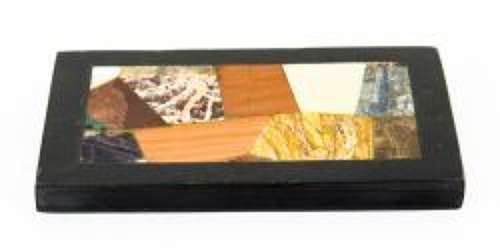Antique Grand Tour Pietra Dura Specimen Top Paperweight 19th C
Delivery Quote Request
Please fill in the form below to request a delivery quote from Regent Antiques.
Contact Regent Antiques
 London, United Kingdom
London, United Kingdom
Simply fill in the below form to get in touch with Regent Antiques regarding this item.
About this item
This is a superb decorative antique Italian Grand Tour marble Pietra Dura mounted desk paperweight, circa 1880 in date.
This splendid rectangular paperweight is exquisitely inlaid with a sumptuous arrangement of semi-precious stones including malachite, agate, onyx and amethyst.
It is beautifully inlaid on a slate base.
Not only is this desk paperweight very functional, but it is also an exquisite mineralogical wonder that can be admired by all discerning collectors.
Condition:
In excellent condition, please see photos for confirmation,
Dimensions in cm:
Height 2 x Width 17 x Depth 10
Dimensions in inches:
Height 1 inch x Width 7 inches x Depth 4 inches
Pietra dura is a term for the inlay technique of using cut and fitted, highly polished coloured stones to create images. It is considered a decorative art.
Pietre dure is an Italian plural meaning "hard rocks" or hardstones; the singular pietra dura is also encountered in Italian. In Italian, but not in English, the term embraces all gem engraving and hardstone carving, which is the artistic carving of three-dimensional objects in semi-precious stone, normally from a single piece, for example in Chinese jade.
The traditional convention in English has been to use the singular pietra dura just to denote multi-colored inlay work. However, in recent years there has been a trend to use pietre dure as a term for the same thing, but not for all of the techniques it covers, in Italian.
But the title of a 2008 exhibition at the Metropolitan Museum of Art, New York, Art of the Royal Court: Treasures in Pietre Dure from the Palaces of Europe used the full Italian sense of the term, probably because they thought that it had greater brand recognition. The material on the website speaks of objects such as a vase in lapis lazuli as being examples of "hardstone carving (pietre dure)"
The Victoria & Albert Museum in London uses both versions on its website, but uses pietra dura. "A method of inlaying coloured marbles or semi-precious stones into a stone base, often in geometric or flower patterns...."
Giovanni Montelatici (1864-1930) was an Italian Florentine artist whose brilliant work has been distributed across the world by tourists and collectors. Owners of Giovanni's work included Donald Trump.
The Grand Tour was the traditional trip of Europe undertaken by mainly upper-class European young men of means. The custom flourished from about 1660 until the advent of large-scale rail transit in the 1840s, and was associated with a standard itinerary.
It served as an educational rite of passage. Though primarily associated with the British nobility and wealthy landed gentry, similar trips were made by wealthy young men of Protestant Northern European nations on the Continent, and from the second half of the 18th century some South American, U.S., and other overseas youth joined in. The tradition was extended to include more of the middle class after rail and steamship travel made the journey less of a burden.
The primary value of the Grand Tour, it was believed, lay in the exposure both to the cultural legacy of classical antiquity and the Renaissance, and to the aristocratic and fashionably polite society of the European continent. In addition, it provided the only opportunity to view specific works of art, and possibly the only chance to hear certain music. A grand tour could last from several months to several years. It was commonly undertaken in the company of a knowledgeable guide or tutor.
The Grand Tour not only provided a liberal education but allowed those who could afford it the opportunity to buy things otherwise unavailable at home, and it thus increased participants' prestige and standing. Grand Tourists would return with crates of art, books, pictures, sculpture, and items of culture, which would be displayed in libraries,
Internal Ref:
A1996d
Date of manufacture : 19th Century
Additional Information
927794 (AB-182718)
W: 17cm (6.7")H: 2cm (0.8")D: 10cm (3.9")
19th Century
![]() London, United Kingdom
London, United Kingdom
Regent Antiques was established in 1980. Born out of a natural love for art and beautiful objects, we have been a highly respected member of the antique fraternity ever since. Industry bodies of which we are a member include LAPADA and CINOA. Over the decades our business has gradually evolved...







